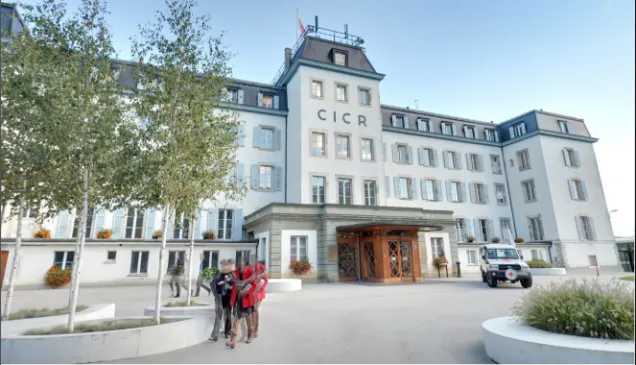Ethical Content-Gathering For Public Communications
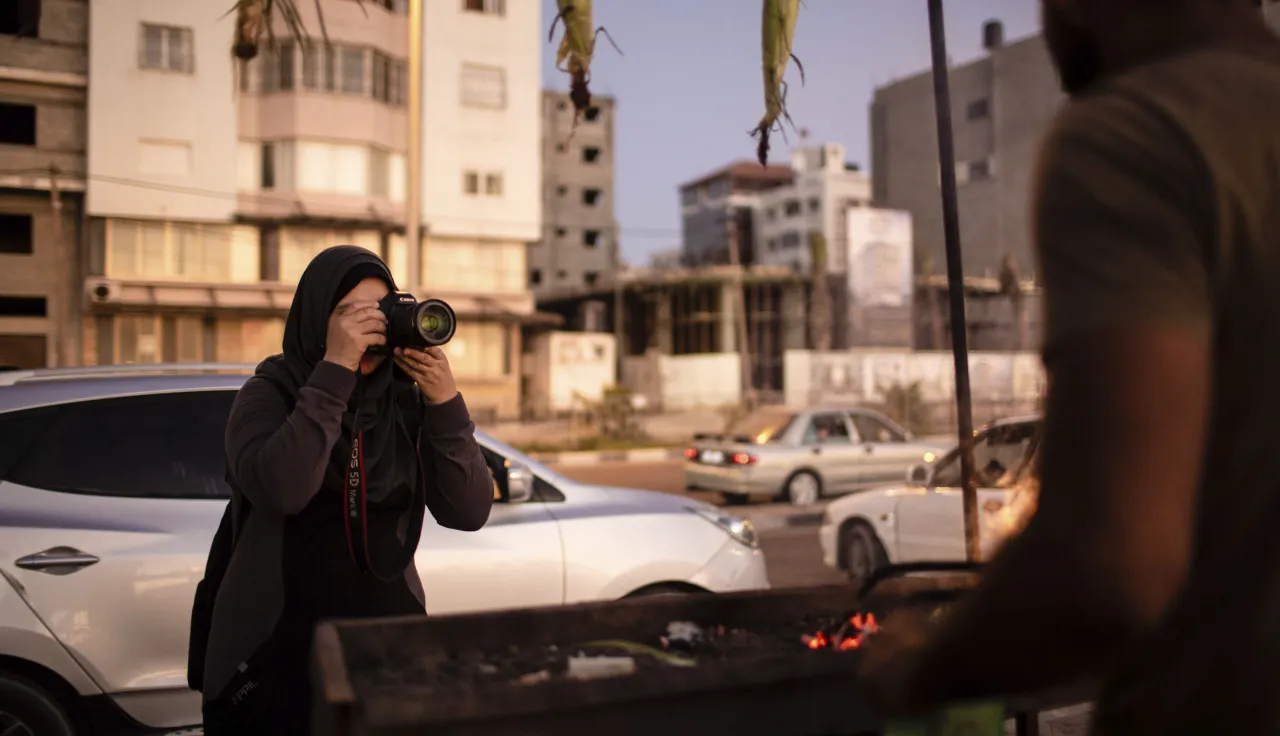
(Audio version)
The ICRC: A trusted source
The ICRC’s photographs and videos show the reality of people’s experiences caught up in war and violence and the organization’s work to limit their suffering. Our images may show people’s struggles – but also their resilience and how they cope. Our communications must be “truthful, accurate and respectful”, while preserving “the dignity of communities affected by armed conflict and other situations of violence”.
Our content should show:
- the reality of people caught up in war and violence
- the ICRC close to people affected by war and violence and how we are trying to help
- the ICRC with its partners in the International Red Cross and Red Crescent Movement

Dignity and vulnerability
Given the nature of the ICRC’s work in armed conflict and other situations of violence, the individuals and communities we work with are often experiencing some level of vulnerability. They may be injured, fleeing violence or in need of food and shelter. These are important aspects to document to highlight their situation and why humanitarian assistance is necessary. However, photographing or filming vulnerable people requires careful consideration. To respect people’s dignity and avoid putting people at risk, we work closely with our protection colleagues and:
- avoid equating vulnerability with helplessness, by showing resilience, courage and empowerment despite the difficult situation.
- avoid objectifying the person, by focusing on their humanity, emotions, preferences and aspirations. Showing people as whole beings, and not just what makes them vulnerable, also helps viewers connect to the person and their experience.
- avoid showing people in humiliating or degrading situations. While portraying dignity varies by culture and circumstances, degradation can usually be avoided by seeking informed consent.
As we gather content, it can be helpful to ask:
- Have I recorded the who, what, where, when and why of someone’s situation that I have photographed/filmed, and do I have their consent? Without their consent, we may not be able to use the content.
- If this were about my family, friends or loved ones, would I feel comfortable with how they are portrayed?
- If this were me, my child, how would I feel about this photo or video?
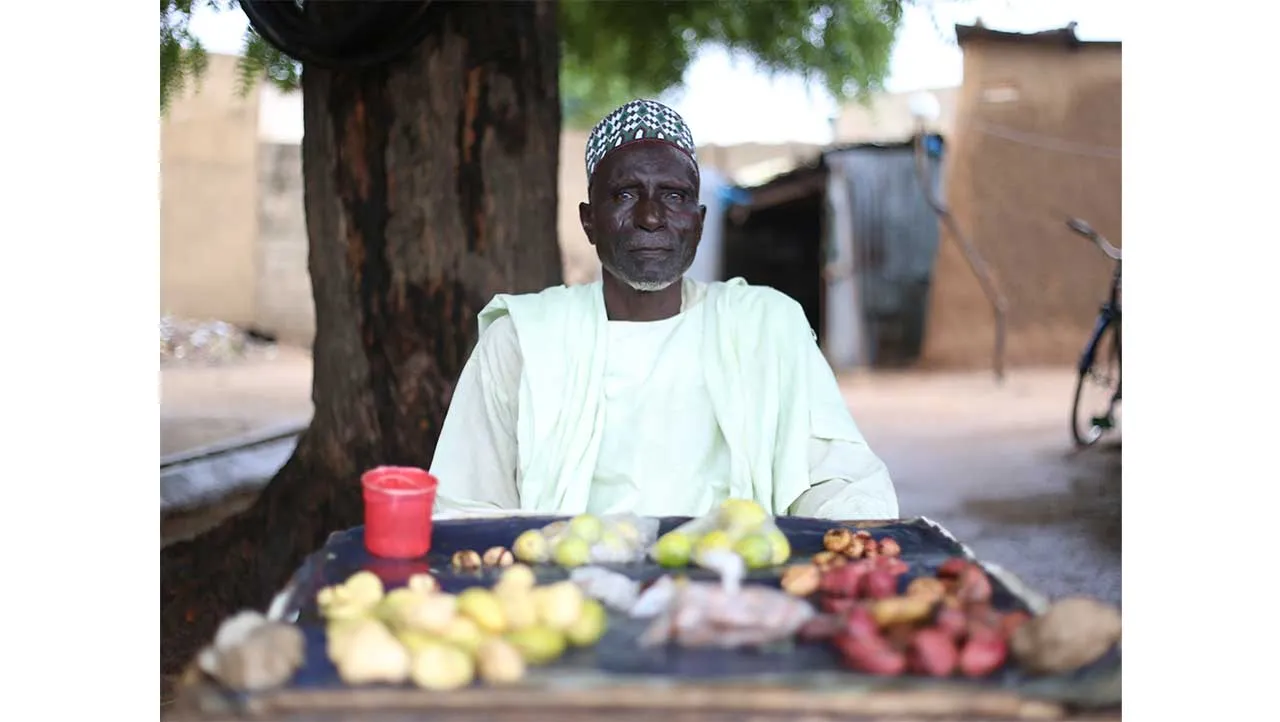
Stereotypes
Stereotypes are oversimplified generalizations about groups of people, reducing the complexity of human beings to a single idea. Stereotypes can be damaging and dangerous and have real-life consequences, particularly when they convey negative ideas about marginalized people.
We have all internalized stereotypes without realizing it, and these stereotypes can emerge when we take or curate photos or videos. However, we have a responsibility to not perpetuate them. Ensure local colleagues or the community is involved when creating content, and ask yourself the following questions:
- Who is (or what groups are) being shown?
- What are the power relations between these groups? Are the power dynamics displayed intentionally?
- Is anyone shown in a stereotypical role?
- Is the community helping or only receiving help? Are the community members talking or being talked to?
- Beyond capturing the who, what, where and why, is this person presented as a whole human being (their hopes, resilience and determination)?
If your photos or videos are for a global audience, be mindful that the following imagery is overrepresented in humanitarian communications:
- poverty in certain countries, particularly on the African continent
- women and people with disabilities in passive roles
- children shown in undignified clothing
- white Western workers giving, and locals receiving passively (or appearing in the background).
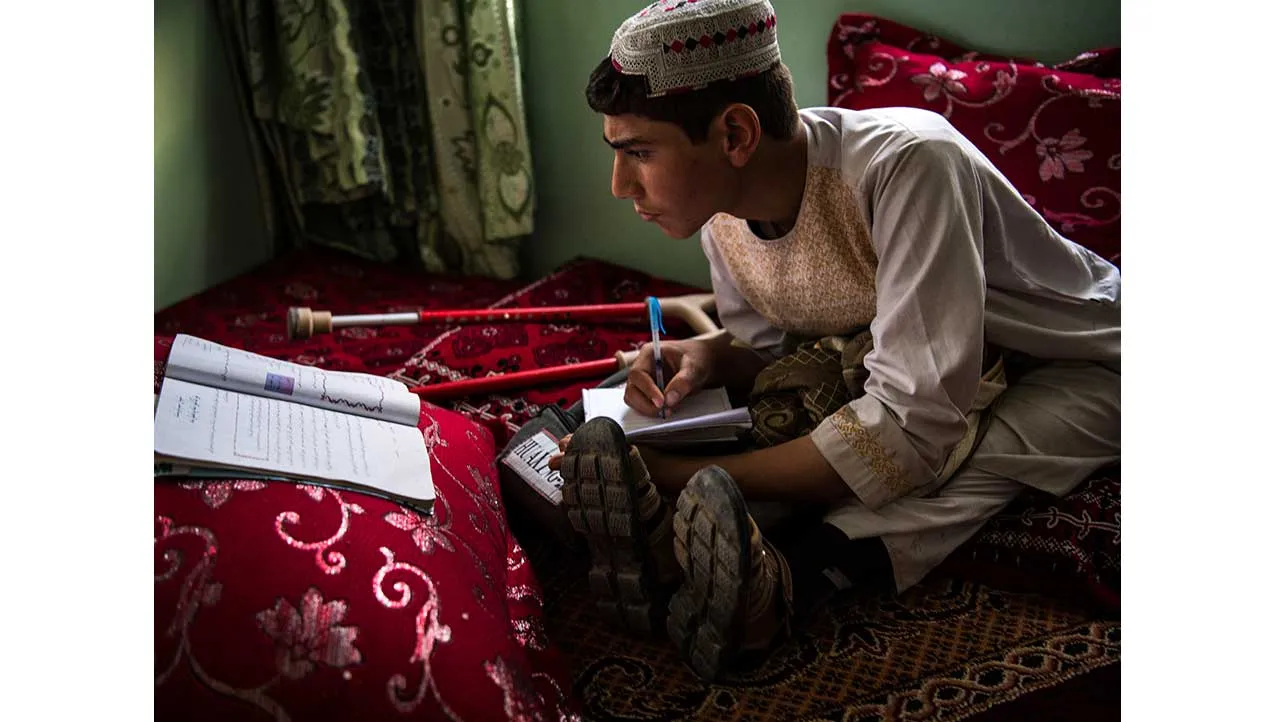
Authenticity
Working in conflict zones, we often gather content in situations that are sensationalized by the media. The integrity of our content depends on keeping it “truthful, accurate and respectful” to people’s lived experience. Ideally, images should be taken in the person’s natural environment, and not staged (such as by re-enacting life-changing or dramatic events). Above all, content-gathering should never do harm to the person or cause additional stress.
A comprehensive policy on AI is forthcoming. In the meantime, please be guided by the fact that the ICRC is a trusted source of information. Therefore, any AI-generated content must be clearly labelled as AI-generated so it cannot be confused with reality. The same is true for the use of greenscreen; it should never be used in such a way that a viewer may be confused about what is real, or that someone is somewhere they are not.
Graphic images
Discretion must be used when considering whether to publish graphic images (such as burns or mutilation), images of violence or personal health information on digital platforms. In addition to applying the criteria of dignity and vulnerability, please consider how sensitive the data are. This is especially relevant in the case of images disclosing health data. Health-related data are, by definition, sensitive information and thus require extra care when being processed.
When in doubt, consult an ICRC protection colleague to consider whether the publication of the image or video creates a risk for the individual or heightens their vulnerability.
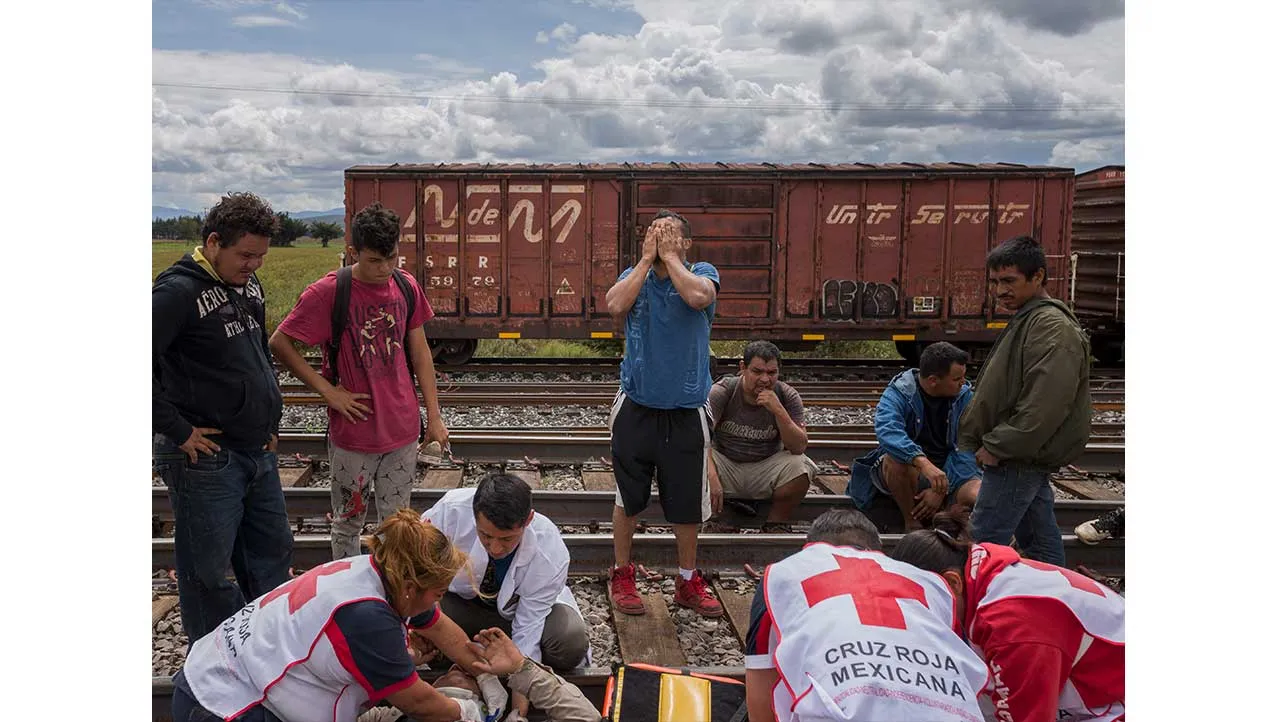
Informed Consent
The purpose of consent is to build trust and show respect to the person whose image and content you’re capturing. In every situation possible, we try to get written consent before photographing or filming. In the rare cases where it’s not possible – and as long as the situation is not degrading – you can get consent afterwards. Always ensure the delegation has consent forms available in the required language so you can take several copies with you when gathering content.
Note, however, that even when valid consent has been obtained, the ICRC is required to consider all foreseeable consequences of identifying individuals. In this context, “identifying” means “providing personal data, i.e. showing their faces in a recognizable way in photographs or video, naming them, including in audio recordings or radio, or providing other identifying information such as the names of their parents, siblings or home address, or elements related to their particular content, a piece of clothing, etc.” The process of obtaining consent is just as essential as gathering the content, and it’s important to carefully consider the quality of the consent obtained and whether the person was under duress when providing it. A person’s consent should be informed, explicit, unambiguous and freely given. It requires meaningful dialogue and is about listening and asking questions. Fully informed consent requires a full conversation reflecting on any risks; although this ethical approach to obtaining consent takes extra time, it also engages participants more than a simple yes-or-no approach.
When gathering content, the consent forms will help you to clearly communicate to the person (or their legal guardians or family members) in simple terms:
- who we are and why we are there
- where the photos or videos may appear, by showing examples
- the aid they receive will not be impacted by consenting or not
- they can withdraw consent during or after an interview and how.
People should also be informed of their data protection rights (information, access, correction and objection), and they should be provided with the contact details of an ICRC employee and of the ICRC Data Protection team so they can reach out if they have a question or wish to withdraw their consent. It’s important to specify that once a communication product is published, the ICRC’s control over it will diminish, since we cannot control how third parties use it. Safeguarding people’s personal data is an essential aspect of protecting their lives as well as their physical and mental integrity. Be sure to refer to and abide by the standards set out in the ICRC Rules on Personal Data Protection.
When we want to photograph or film someone, we should provide them with numerous opportunities to say “no” and express their concerns. This can be done by going through the checklist at the beginning of the consent form with them and asking, for example:
- Is there anyone who you don’t want to see this photo or video?
- Would you feel more comfortable if we didn’t take your/your child’s photo, or film you/your child?
- Are you still comfortable with being filmed?
You must make clear that if they decline, there will be no impact on the services the ICRC provides to them or their community.
If the person will be photographed or filmed in a way that does not reveal their identity (especially if they fall under one of the vulnerable categories listed in the next section), you should also communicate this to reassure them. For example, show them the images after you’ve taken them and speak with them to ensure they’re comfortable with the way they are portrayed. In this example, the ICRC’s war surgery work is conveyed without showing the patient’s identity.
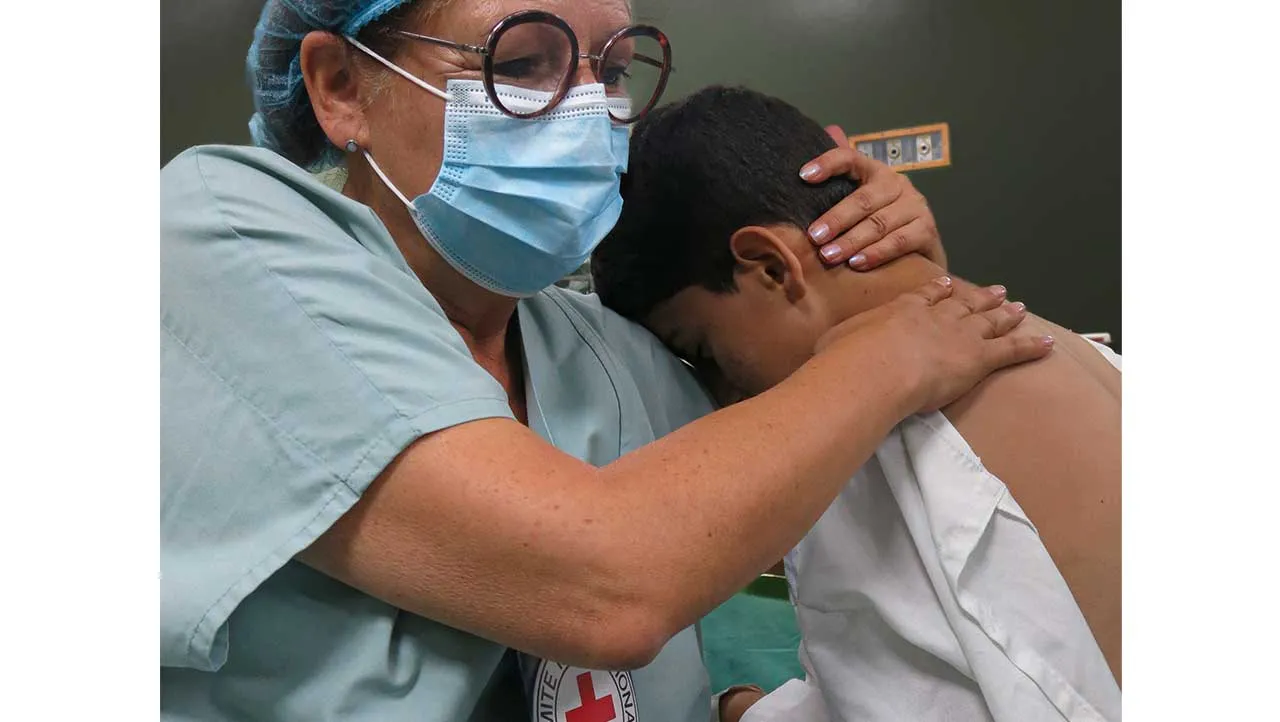
The consent forms with the corresponding checklists and explanatory information can be found here:
Informed consent is needed in almost every scenario. The only exceptions are when you are dealing with public figures in public places, individuals in public whose faces cannot be seen clearly or do not feature prominently, and large crowds.
Please ensure these consent forms are translated into the appropriate languages and share them with your communications colleagues and freelancers. Ensure they have read this document and understand informed consent.
IMPORTANT: Leave one signed copy of the consent form with the person you have filmed/photographed for their reference. A second signed consent form (or video format if written is not possible) must be stored together with the content for sharing and archiving.
Vulnerable groups and consent
A. Consent is not needed to film and photograph:
- for public figures (officials, celebrities) in public situations
- in a public setting, for individuals whose faces cannot be seen clearly, or where they do not feature prominently
- for large crowds in public
B. Informed Consent to film and photograph:
- people in a public setting who are identifiable
- patients in a clinic or hospital
Under certain conditions, and in consultation with an ICRC protection or detention colleague, it is permissible to film/photograph the following people:
- the wounded and sick: consider their dignity and if they are really able to give informed consent
- weapon bearers (members of armed groups/soldiers)
- migrants and refugees
- children: consider their dignity and whether they or their guardians are in a position to give informed consent
- detainees (excluding POWs): this requires a case-by-case assessment with an ICRC protection or detention colleague. Without consent, detainees’ identities should be protected (blurred face, filming from a certain angle).
C. Due to their inherent vulnerability, the following people must never be identifiable in content:
- presumed perpetrators of sexual violence, regardless of age and gender
- people who asked the ICRC not to make them identifiable in its communication materials, or who withdraw their consent
- prisoners of war
- certain categories of children, including child victims/survivors of sexual violence and children born from sexual violence
- hostages, as they are likely to be suffering from trauma. Therefore, consider protecting their identity (blurred face, filming from a certain angle) and consult your protection or detention colleague.
Photos and videos should never be taken of:
- children associated with armed forces and armed groups (CAAFAG) carrying weapons or acting in a threatening manner
- people holding unexploded ordnance.
The deceased
Depicting human remains in photos or videos should be avoided, except for purposes of forensics case documentation and internal training. For external publications, where possible, consult a Forensics colleague. Forensics activities should be communicated about in ways that do not show human remains (e.g. through audiovisual material on trainings or repatriation events).

Sexual and gender-based violence
Due to the high sensitivity of sexual and gender-based violence, greater attention and consideration should be paid when depicting and communicating about this topic. The personal and legal implications of such violence, and its impact on the community, make raising awareness about it and the harm it causes a matter of great importance.
However, like any complex issue, it’s crucial to communicate without causing any harm when capturing a victim/survivor’s experience. Their safety and best interests should take precedence over everything else. Always consult an ICRC protection colleague ahead of any content-gathering on this topic. Questions asked during an interview should be respectful and avoid judgemental language and culturally insensitive remarks. Victims/survivors may need to take breaks or to stop the interview altogether. In some instances, they may require emergency mental health support if the interview unknowingly leads to increased anxiety, panic or distress.
Child victims, children born from sexual violence and presumed perpetrators of sexual violence or sexual exploitation must never be identifiable in ICRC communication products.
One of the key principles of ICRC action is that we do not gather content from victims/survivors without offering them referral pathways, such as information on where they can go to get help (including health care, legal aid, protection and economic support). You should always have the delegation’s updated sexual violence survivor referral list ready, and always share this information before and after the interview in a clear and simple way. Lastly, wherever possible, ICRC media coverage should include information on available services, hotlines or ways to seek help (such as the webpage for survivors of sexual violence). ICRC communications staff should include this message when pitching stories about sexual violence to media outlets.
Remember:
- As the photographer or videographer, consider how lighting, angle, proximity, lens choice, framing and backdrop influence how someone is depicted.
- In situations where people show that they do not want to be photographed or filmed (e.g. they shy away from the camera or put up a hand to block your view), you must respect their wishes.
Post-production
As a trusted source, the ICRC must be “truthful, accurate and respectful” in its communications. It is therefore essential to document and share the who, what, when, where and why of content. When conveying someone’s experience, the more information the better. All these data need to be carefully inputted into the ICRCs asset management system together with the consent form, detailing whether this content is approved for public communications and ICRC archiving.
How content is post-produced – cropped, scripted, and edited with other photos/videos – can profoundly influence how an individual is depicted and an audience’s perception. As a trusted source, the ICRC must, in its post-production work:
- provide an accurate and comprehensive representation of someone or a group of people
- never manipulate elements in an image
- adhere to any editing restrictions on footage/photographs
- avoid placing text over people’s faces
- consider changing children’s names to add an additional layer of protection.

